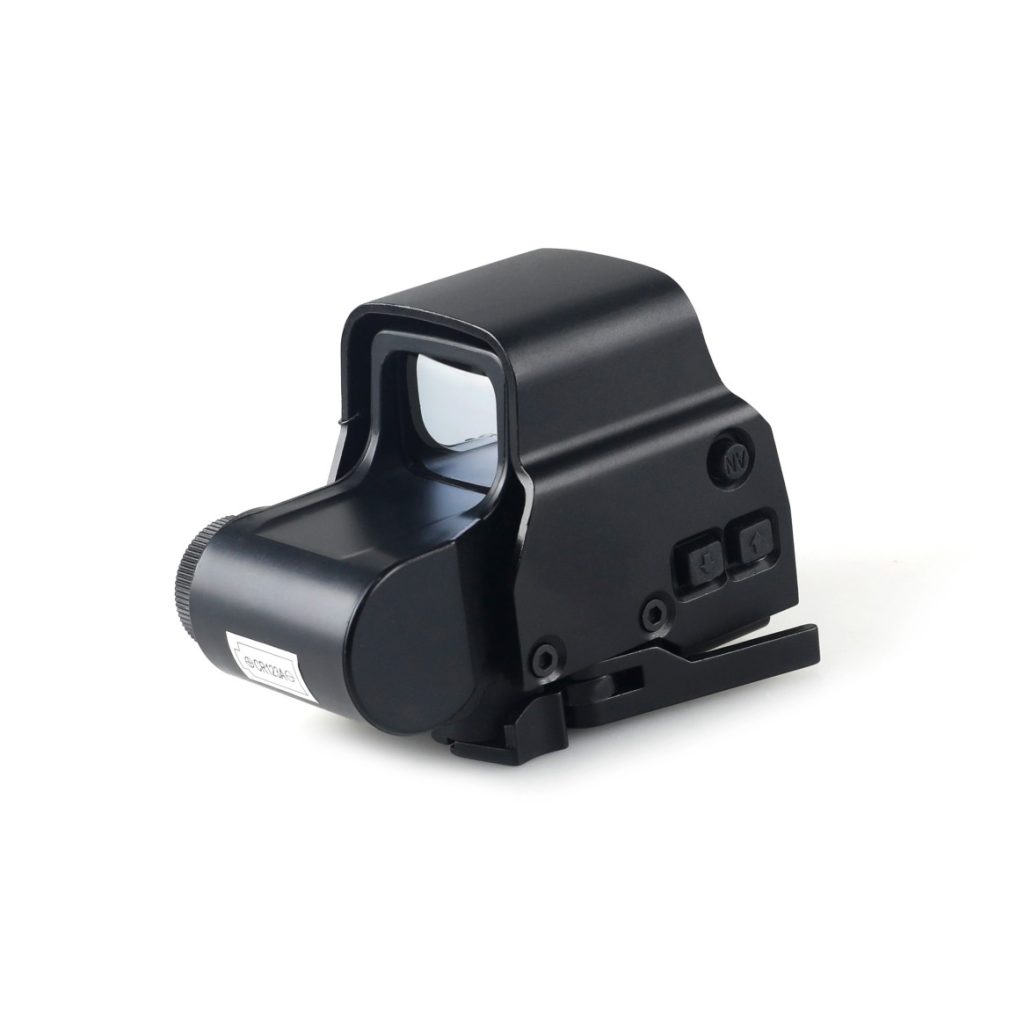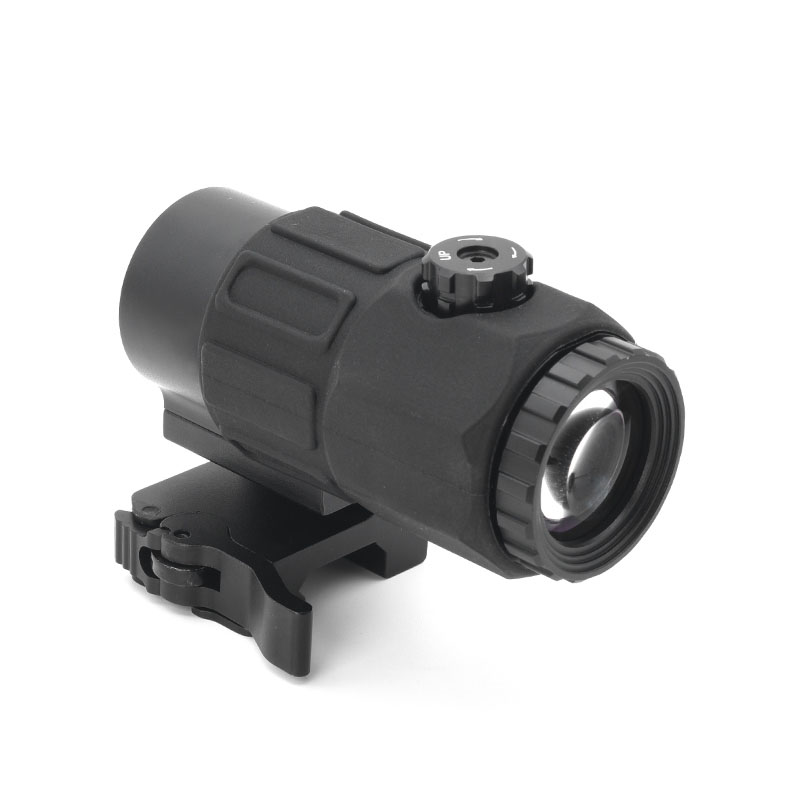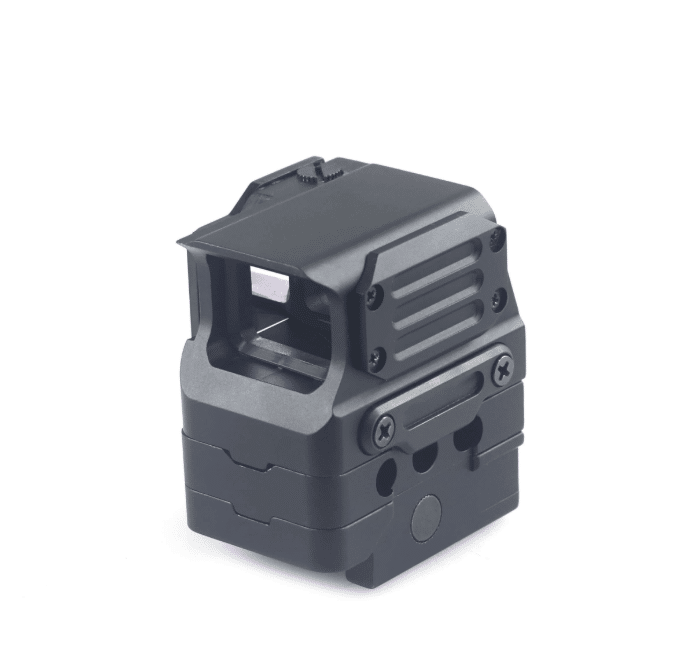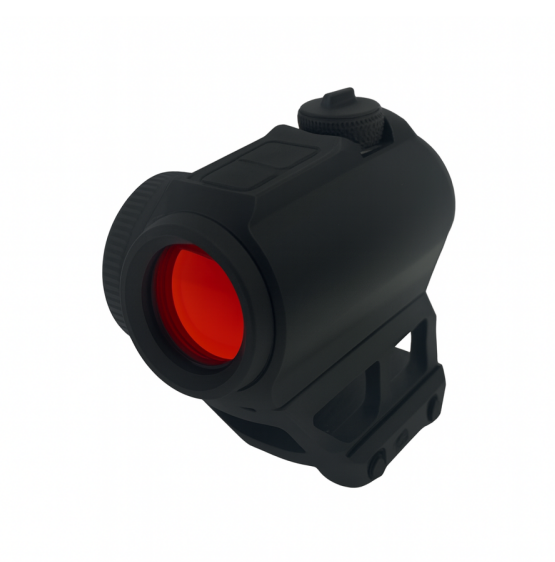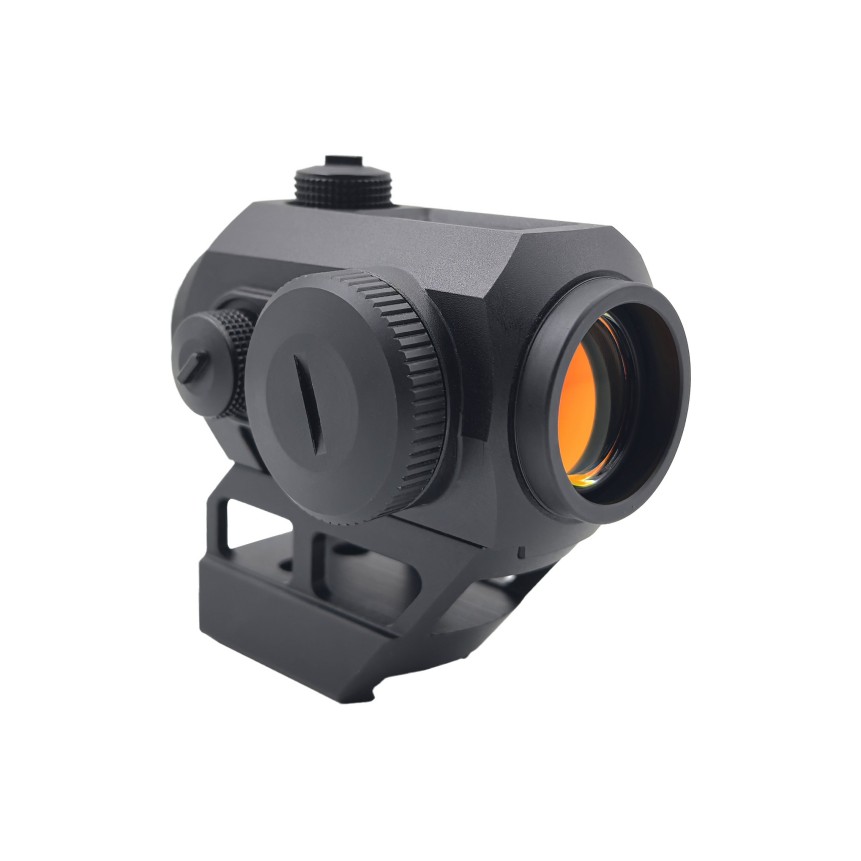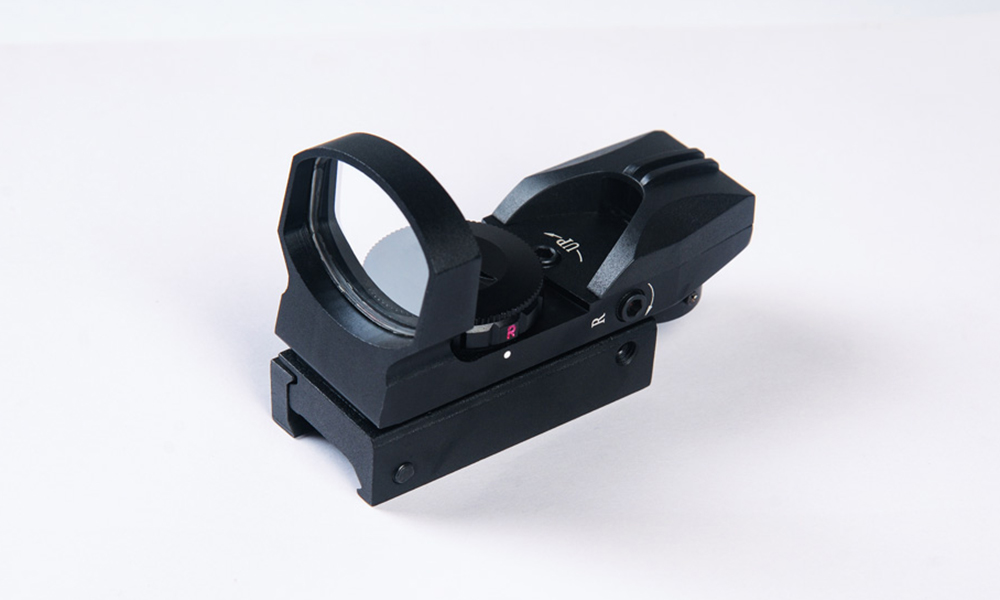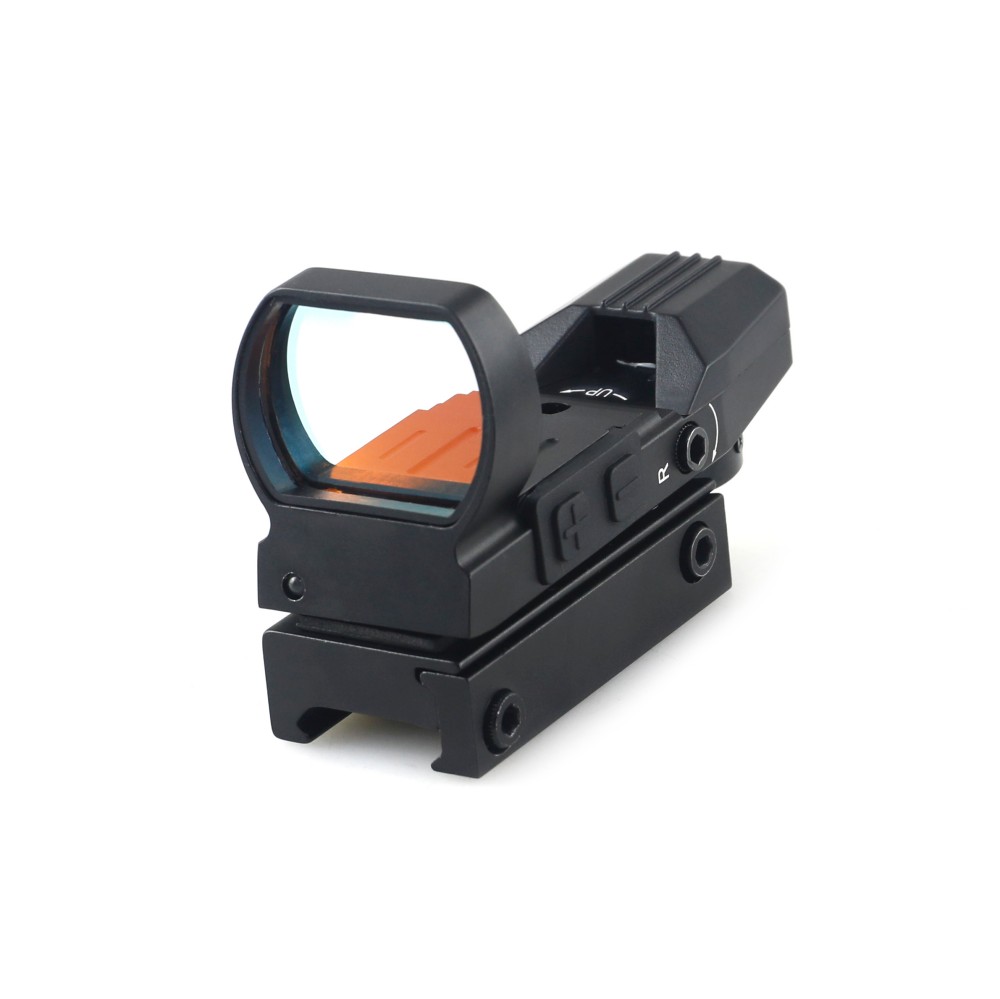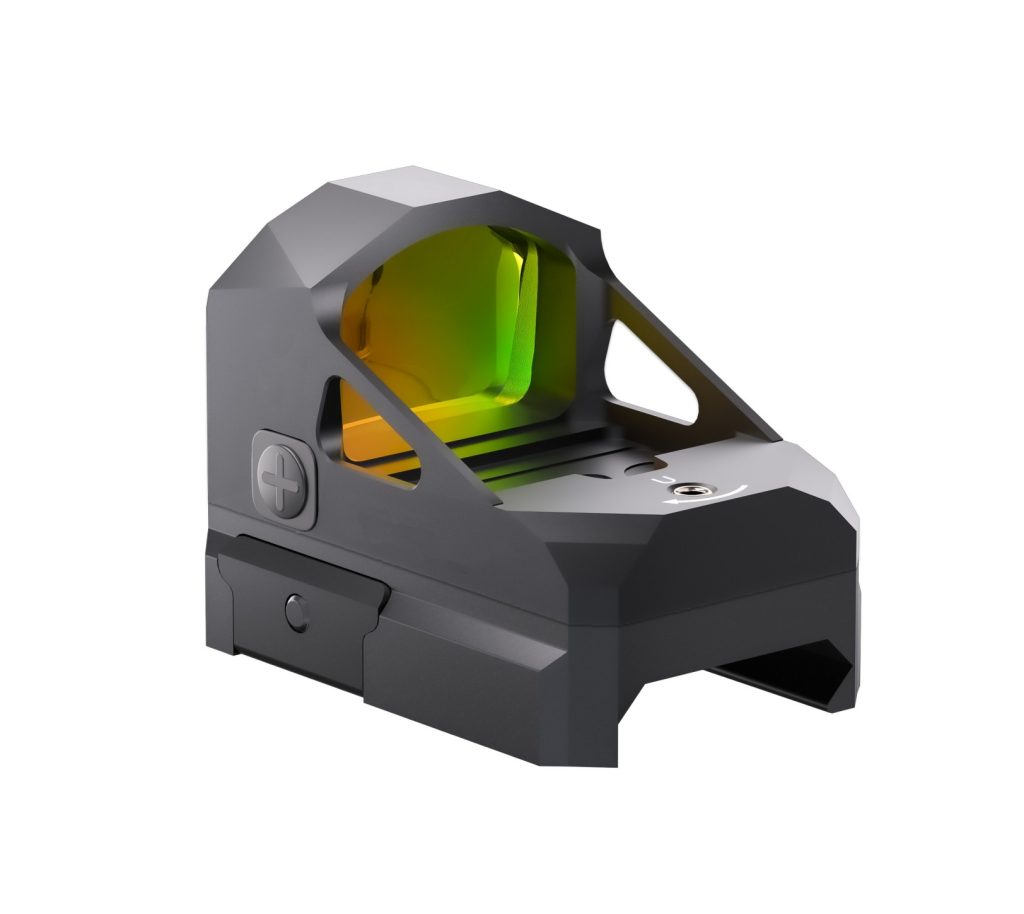Low-light environments present unique challenges for shooters, whether in hunting, tactical, or competitive shooting scenarios. Diminished visibility makes traditional iron sights less effective, slowing down target acquisition and increasing aiming errors. Red dot sights (RDS) have become a preferred solution due to their fast point-of-aim visibility. However, achieving optimal performance in dim lighting requires understanding specific techniques and equipment features.
As a Red Dot Sight manufacturer or supplier, ensuring your products are designed with low-light adaptability is crucial. For wholesale buyers, choosing models with proven low-light efficiency can significantly impact customer satisfaction.
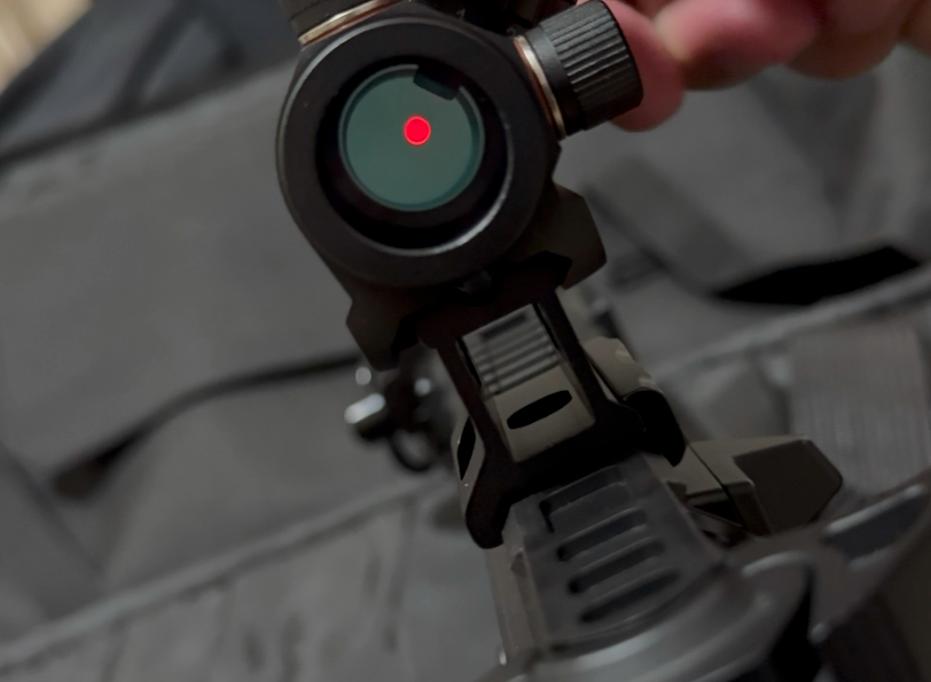
How Does a Red Dot Sight Work?
A red dot sight operates by reflecting an illuminated LED reticle (typically a red or green dot) onto a lens that acts as a partially reflective mirror. The user sees the dot aligned with the target while maintaining full field of view, enabling rapid target acquisition.
In low-light conditions, how well the reticle stands out depends largely on its contrast against ambient light and the background. Foreseen Optics, a reputable Red Dot Sight manufacturer and supplier, designs their optics with adjustable brightness control and optimized reflective lenses to ensure a sharp, glare-free dot that remains visible even in dim environments
Key Considerations for Using Red Dot Sights in Low Light
Adjusting Brightness Settings Properly
Brightness adjustment is critical. An excessively bright dot will flare, creating a halo effect that obscures the target. Conversely, a dim dot may disappear against a dark background. The goal is to set the brightness just enough for clear visibility without overpowering the scene.
| Lighting Condition | Recommended Brightness Level |
| Indoor Low Light | Level 2-3 |
| Twilight/Dusk | Level 3-4 |
| Complete Darkness (with flashlight) | Level 1-2 |
Wholesale buyers should seek red dot models offering fine-grained brightness adjustment, especially with sub-level 1 NV settings, from experienced Red Dot Sight suppliers.
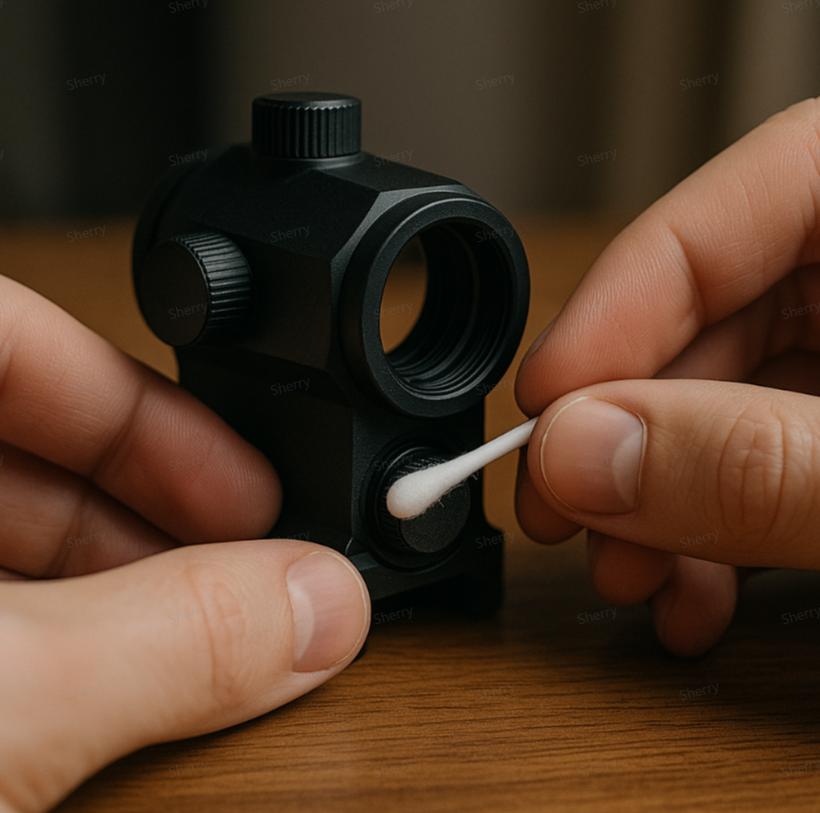
Optical Clarity & Coatings
Lens coatings significantly affect light transmission and image clarity. Multi-coated optics reduce glare, internal reflections, and enhance contrast in low-light conditions. Models from premium Red Dot Sight manufacturers often feature anti-reflective coatings optimized for both day and night use.
Dot Size Matters
Dot size, measured in MOA (Minutes of Angle), impacts precision. In low-light:
- 2 MOA dots offer better precision for distant targets.
- 4-6 MOA dots are easier to see in dark environments but may obscure smaller targets.
For versatile use, many Red Dot Sight wholesalers recommend models with adjustable dot size or reticle patterns.
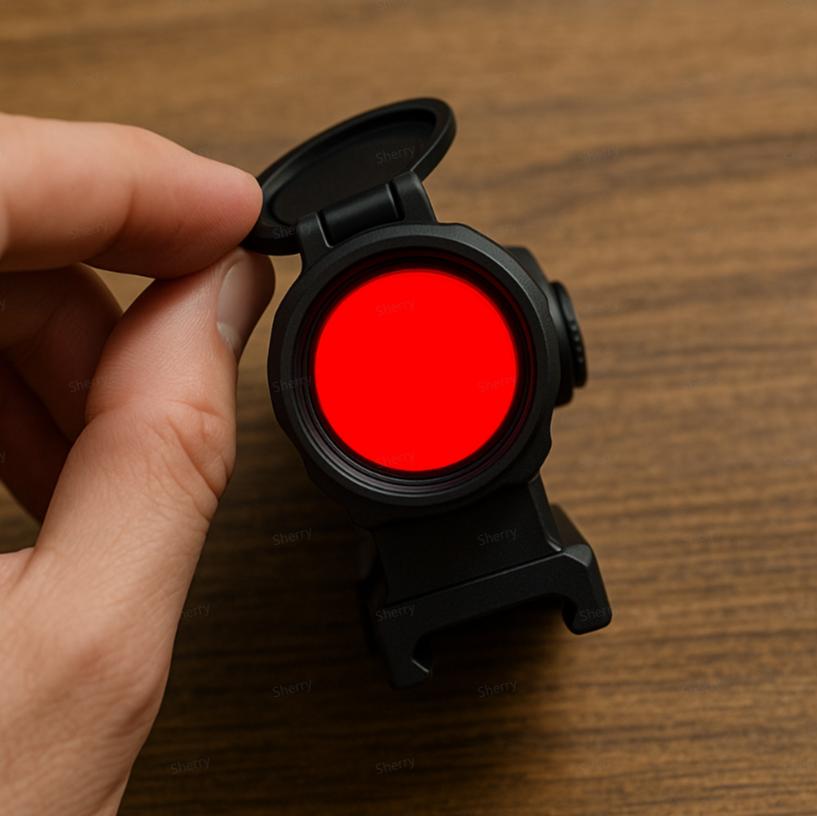
Techniques for Clear Target Acquisition in Low Light
Techniques for Low-Light Success
- Proactive Brightness Management – Adjust brightness before engaging a target. Many competitive shooters report that setting the brightness one or two levels below daylight settings reduces glare and improves contrast.
- Focus on the Target – Maintain focus on the target rather than the dot; this allows faster alignment without tunnel vision.
- Maximizing Natural & Ambient Light – Use environmental light sources to your advantage; for example, position yourself so that the target is illuminated from your side.
- Protecting Your Night Vision – Overly bright settings can cause temporary night vision loss. Keep brightness just bright enough to see the dot without washing out the target.
Common Mistakes to Avoid
| Mistake | Impact in Low Light | Avoiding Tips |
| Over-reliance on Brightness Settings | Excessive brightness can cause reticle bloom, obscure the target, and reduce contrast. | Start at the lowest visible brightness and adjust gradually; rely on good optics and positioning, not just brightness. |
| Focusing on the Dot Instead of the Target | Slows target acquisition and increases the chance of missing moving targets. | Keep eyes on the target while using the dot as a reference point for alignment. |
| Ignoring Background Lighting and Contrast | Bright or cluttered backgrounds can make the dot hard to detect. | Position yourself so the target has a neutral or darker backdrop to improve dot visibility. |
| Neglecting Routine Maintenance | Dirty lenses cause glare, distortion, and reduced clarity. | Clean lenses regularly with a microfiber cloth and keep lens caps on when not in use. |
If you encounter other red dot sight related issues, please refer to our FAQ manual, which may be able to help you.
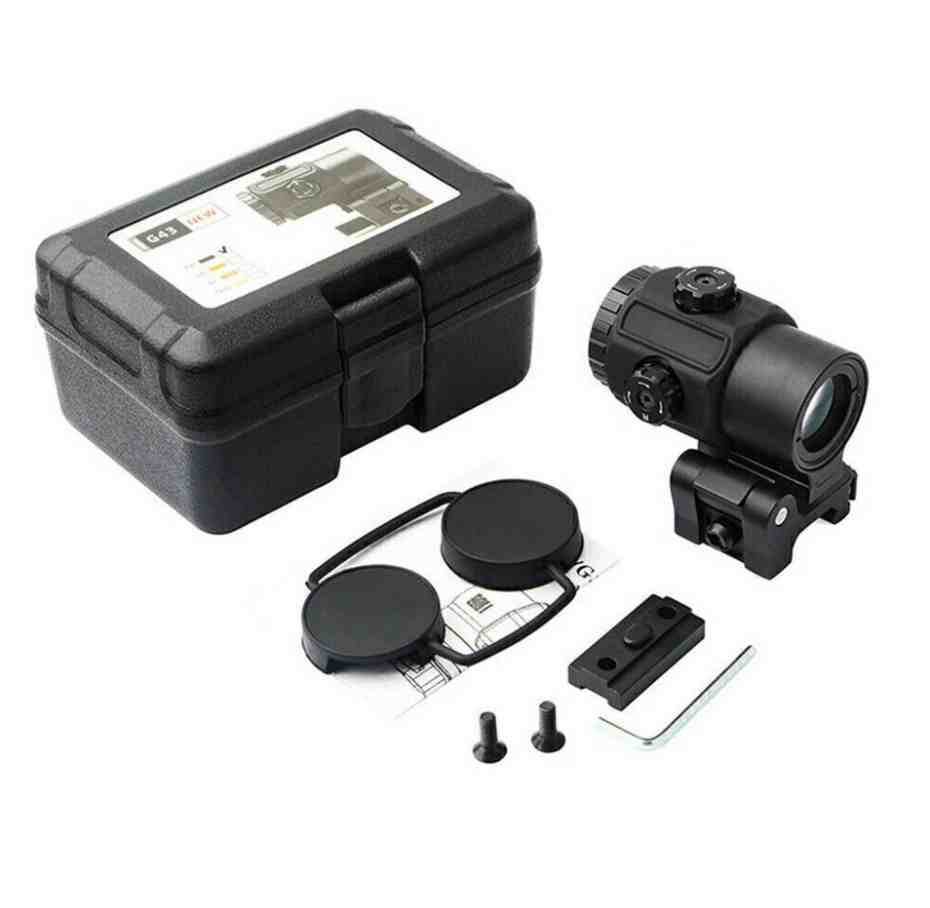
Equipment Selection Tips for Low-Light Performance
Prioritize RDS Features for Low-Light
Look for red dot sights with:
- A wide brightness adjustment range, including ultra-low NV settings.
- High-quality multi-coatings for enhanced contrast.
- Crisp, well-defined dot clarity without starburst effects.
Opt for Red Dots with Night Vision Compatibility
Night Vision Device (NVD) compatible RDS units allow users to pair their sights with night vision gear. Reputable Red Dot Sight manufacturers offer dedicated NV modes that ensure reticle visibility without IR flare.
Battery Life and Auto-Shutoff Features
Long battery life is essential for extended low-light operations. Modern RDS models feature motion-sensing wake-up functions and auto-shutoff timers to conserve power. Wholesale buyers should prioritize models with CR2032 or larger batteries offering 50,000+ hours runtime.
Backup Sights
In extreme low-light scenarios where electronics fail, co-witness iron sights or flip-up backup sights provide an essential fallback. Many Red Dot Sight suppliers now integrate RDS systems designed for seamless co-witness configurations.
Final Advices:
Mastering red dot sight use in low-light conditions requires more than just buying the right equipment—it’ s about knowing how to adjust settings, position yourself, and maintain your optics. By choosing products from reputable Red Dot Sight manufacturers and practicing proper techniques, shooters can confidently acquire targets even in challenging lighting environments. For bulk needs, working with a Red Dot Sight wholesale provider ensures access to high-quality, cost-effective models suited for both training and operational use.

